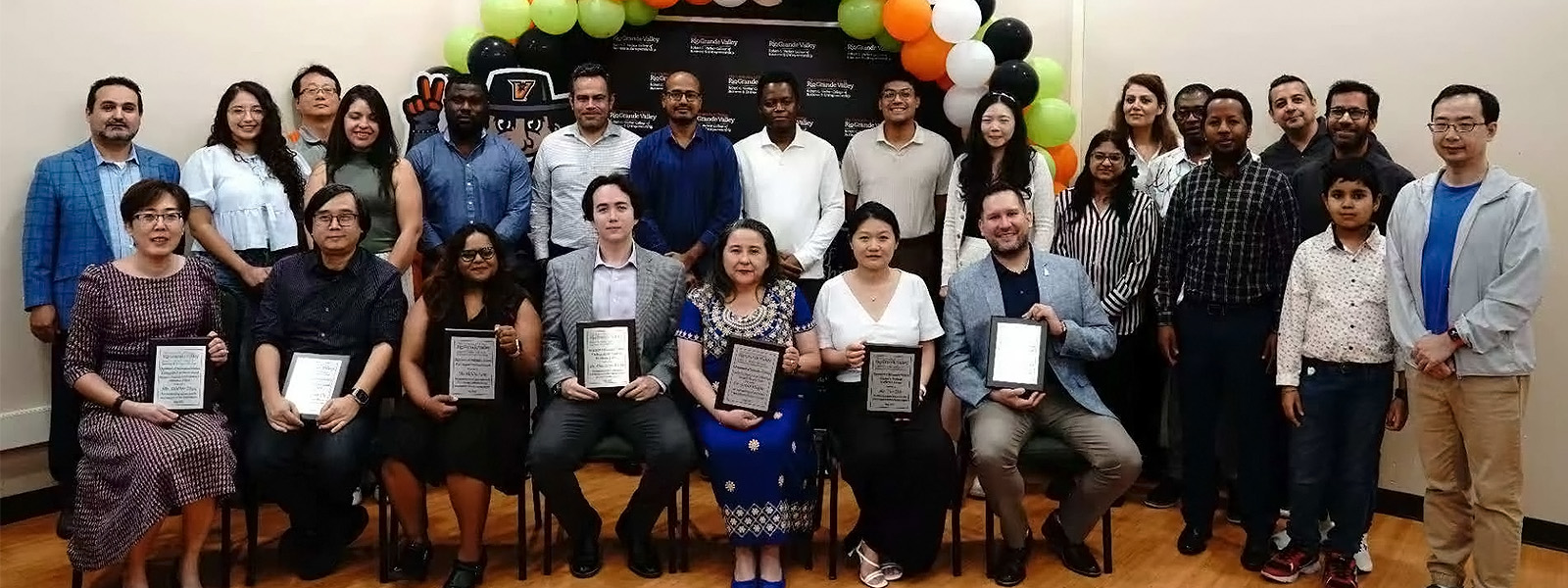
Information Systems Faculty Publications and Presentations
Document Type
Article
Publication Date
10-11-2022
Abstract
Global epidemics and international conflicts disrupt supply chain operations. Many enterprises employ emerging information technology (IT) to reduce supply chain vulnerability and enhance supply chain resilience. Technologies like artificial intelligence and blockchain facilitate more robust supply chain operations, such as remanufacturing, just-in-time production, and automated workflow, leading to corporate sustainability along economic, environmental, and social dimensions. From a dynamic capability perspective, this article conceptualizes emerging IT capability and investigates its role in helping enterprises survive supply chain disruptions and prosper in the long run. A research model depicts the relationships among environmental uncertainty, supply chain vulnerability vigilance, emerging IT capability, supply chain resilience, and corporate sustainability. A partial least square analysis on survey observations collected from more than 200 enterprises in China that are highly susceptible to supply chain disruptions provides supporting evidence to most research hypotheses. The results show that high vigilance to potential supply chain disruptions will motivate enterprises to develop emerging IT capability, which will enhance supply chain resilience as well as economic, environmental, and social performances. The mediating role of emerging IT capability suggests a viable path for enterprises to adapt to the increasingly turbulent environment and improve supply chain resilience and corporate sustainability.
Recommended Citation
Z. Yang, X. Guo, J. Sun, Y. Zhang and Y. Wang, "What Does Not Kill You Makes You Stronger: Supply Chain Resilience and Corporate Sustainability Through Emerging IT Capability," in IEEE Transactions on Engineering Management, 2022, doi: 10.1109/TEM.2022.3209613.
Publication Title
IEEE Transactions on Engineering Management
DOI
10.1109/TEM.2022.3209613


Comments
Copyright © 2022, IEEE. Original published version available at https://doi.org/10.1109/TEM.2022.3209613